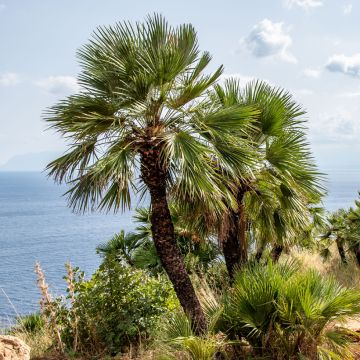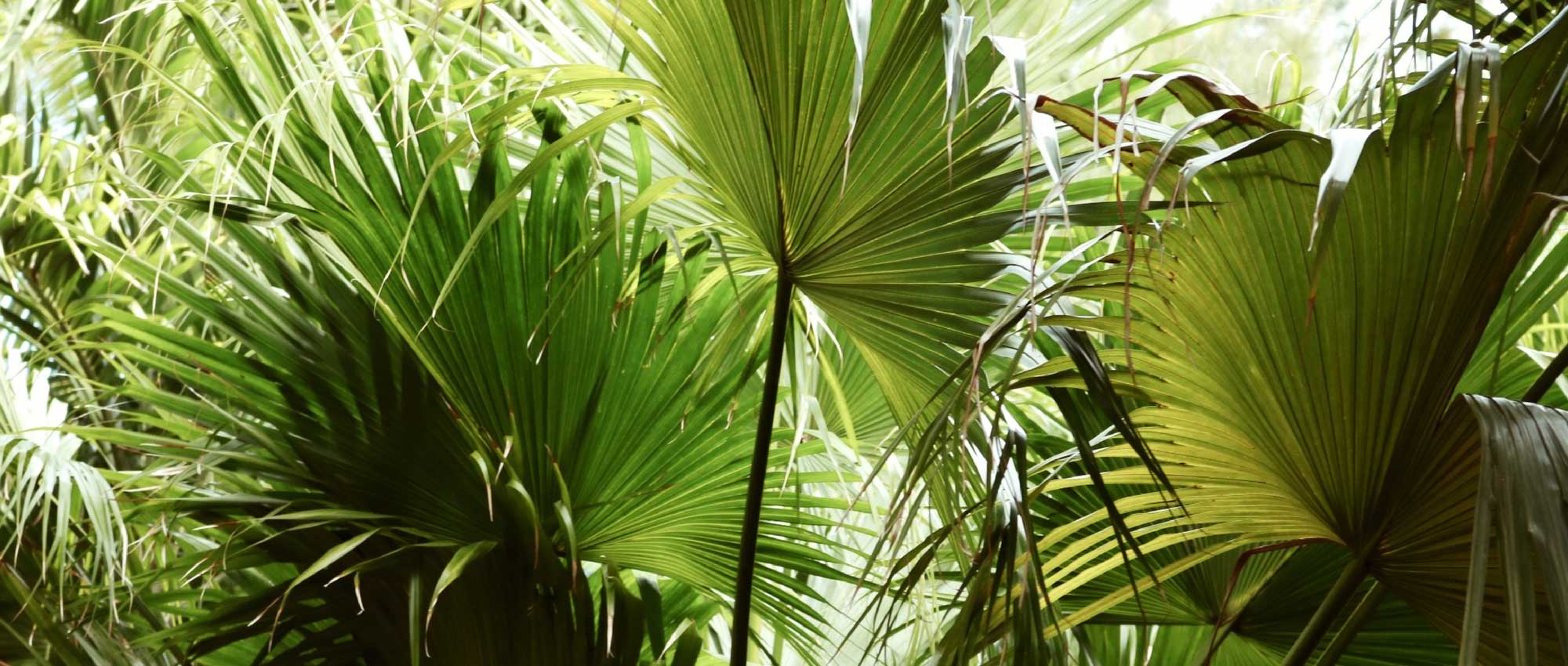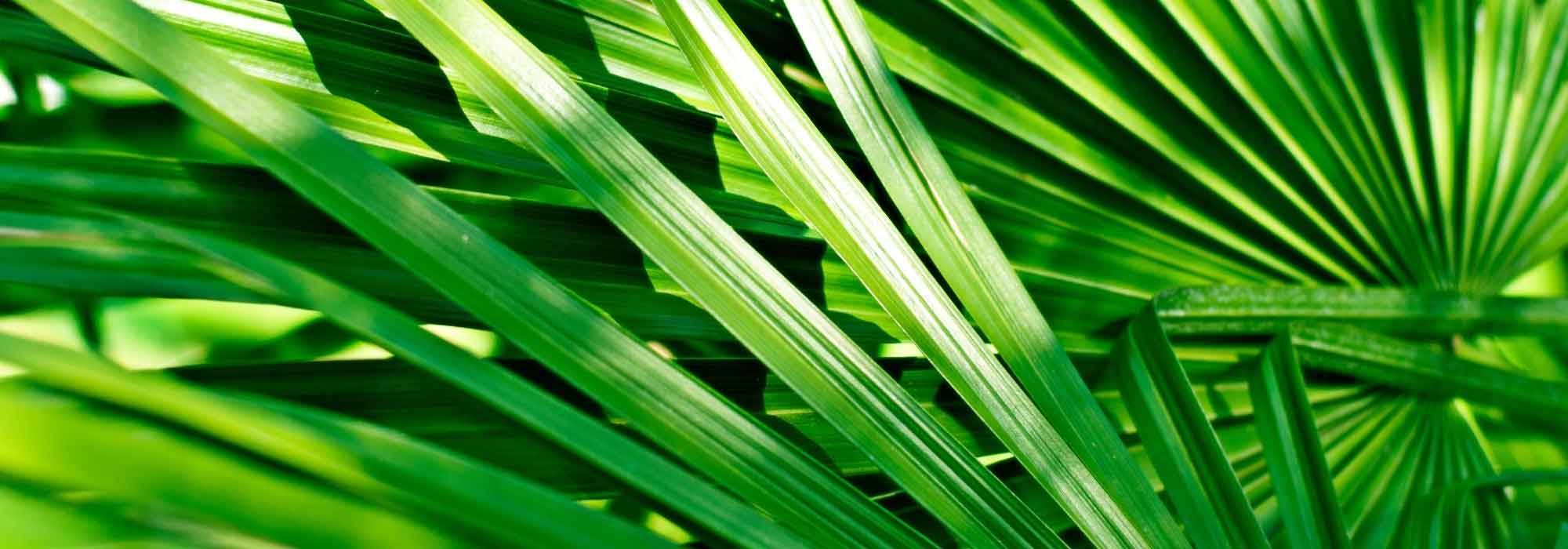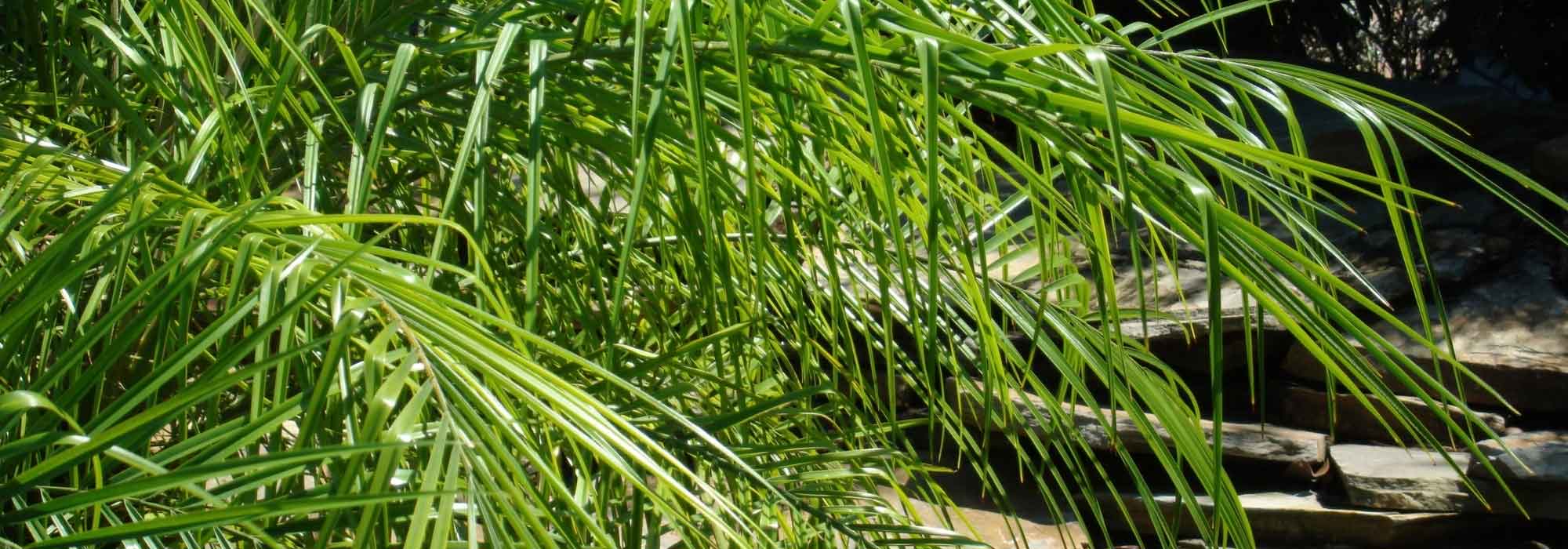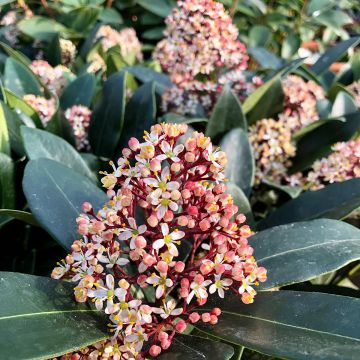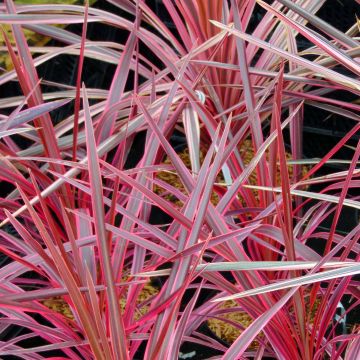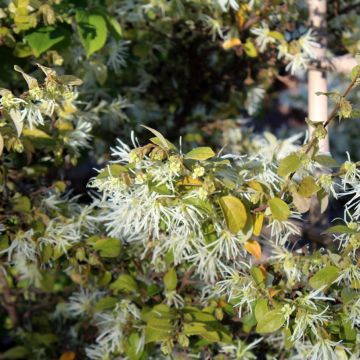

Oraniopsis appendiculata - Palmier
Oraniopsis appendiculata
Oraniopsis appendiculata
Special offer!
Receive a €20 voucher for any order over €90 (excluding delivery costs, credit notes, and plastic-free options)!
1- Add your favorite plants to your cart.
2- Once you have reached €90, confirm your order (you can even choose the delivery date!).
3- As soon as your order is shipped, you will receive an email containing your voucher code, valid for 3 months (90 days).
Your voucher is unique and can only be used once, for any order with a minimum value of €20, excluding delivery costs.
Can be combined with other current offers, non-divisible and non-refundable.
Why not try an alternative variety in stock?
View all →This plant carries a 24 months recovery warranty
More information
We guarantee the quality of our plants for a full growing cycle, and will replace at our expense any plant that fails to recover under normal climatic and planting conditions.
Would this plant suit my garden?
Set up your Plantfit profile →
Description
The Oraniopsis appendiculata is a rare Australian palm in cultivation, sought after for its habit resembling that of a dwarf coconut tree, and the beautiful golden to coppery patina that adorns the undersides of its petioles and fronds. This species, native to high-altitude forests subjected to a humid and mild climate without excessive heat, makes a very attractive plant for a temperate greenhouse. Indeed, its cold resistance remains very low and greatly limits its cultivation in some regions.
Oraniopsis appendiculata belongs to the family of Arecaceae. It is native to northeastern Australia, where it is found in mountainous rainforests, up to about 1,500 m (5ft) in altitude. This species lives in gorges and narrow ravines at the foot of steep coastal chains, on volcanic soil. It is a plant of a tropical climate, very humid, where fog is very frequent. This palm grows very slowly, especially in the juvenile stage, remaining in the rosette stage for a long time. Growth accelerates a little when the "trunk" starts to rise. Ultimately, in its native lands, it reaches a height of about 20 m (66ft). When grown in containers in our climates, it will not exceed 2.50 m (8ft) in height with a 1 m (3ft) spread. Its cold resistance, once mature, is around -3°C (26.6°F) for brief periods.
This palm develops a single grey trunk irregularly marked with leaf scars. At the top of this trunk, a crown consisting of 8-15 rather short and erect leaves, about 5-6 m (16-20ft) long and 20 cm (8in) wide at the base, develops. Each leaf is divided into 220 leaflets (110 on each side of the rachis, the main vein). The petiole reaches about 65 cm (26in) in length. The undersides of the leaves and petioles are densely covered with a waxy layer of golden-copper color. It is a dioecious species, meaning that there are separate male and female plants. Flowering occurs on very mature specimens in nature.
This palm cannot be planted in the ground in the most sheltered gardens, it can be grown in a pot to adorn the terrace in the summer or the greenhouse in winter, always in partial shade. It can sometimes be difficult to associate due to its strong personality; reserve a corner of a swimming pool for it and, for example, associate it with Fargesia bamboos, graphic, sober, and colorful Phormiums, Cordylines, and Hakonechloa macra Aureola, an easy-care ground cover with beautiful orange foliage in autumn.
Oraniopsis appendiculata in pictures




Plant habit
Flowering
Foliage
Botanical data
Oraniopsis
appendiculata
Arecaceae
Australia
Other Palm trees A to Z
View all →Planting and care
The Oraniopsis appendiculata is frost-sensitive, so this palm tree should be protected from freezing temperatures in winter in a conservatory or a greenhouse with a humid and not too hot atmosphere. Adult plants can withstand brief frosts of around -3°C (26.6°F); choose a semi-shaded exposure. It is most often cultivated in a large pot. This palm tree prefers loamy soils that are always moist to wet. It has a very slow growth and requires little maintenance, except for pruning the oldest fronds close to the stem.
Pot cultivation:
Choose a large pot or a perforated bottom container with a capacity of 40-50 litres. Prepare a mixture compost of 50% loamy soil, 25% potting soil, and 25% sand, mix well. Partially fill your container, after placing a drainage layer at the bottom (clay pebbles, gravel, broken terracotta pots). Place your palm tree on the mixture, ensuring that the neck (the area where the roots originate) does not exceed the pot but is not buried too deep under the substrate either. Add the remaining mixture around the root ball, firming it down. Water in stages to thoroughly saturate the substrate and eliminate air pockets. Place your palm tree in a very bright location, avoiding direct and harsh sunlight. If outdoors, position it in partial shade, avoiding full sun that may scorch its foliage. After two weeks in the shade, you can gradually expose it to partial shade. In winter, it can be placed in a temperate greenhouse or conservatory. Occasionally mist the foliage and water regularly. Apply organic fertilizer or compost in spring.
Planting period
Intended location
Care
Planting & care advice
This item has not been reviewed yet - be the first to leave a review about it.
Similar products
Haven't found what you were looking for?
Hardiness is the lowest winter temperature a plant can endure without suffering serious damage or even dying. However, hardiness is affected by location (a sheltered area, such as a patio), protection (winter cover) and soil type (hardiness is improved by well-drained soil).

Photo Sharing Terms & Conditions
In order to encourage gardeners to interact and share their experiences, Promesse de fleurs offers various media enabling content to be uploaded onto its Site - in particular via the ‘Photo sharing’ module.
The User agrees to refrain from:
- Posting any content that is illegal, prejudicial, insulting, racist, inciteful to hatred, revisionist, contrary to public decency, that infringes on privacy or on the privacy rights of third parties, in particular the publicity rights of persons and goods, intellectual property rights, or the right to privacy.
- Submitting content on behalf of a third party;
- Impersonate the identity of a third party and/or publish any personal information about a third party;
In general, the User undertakes to refrain from any unethical behaviour.
All Content (in particular text, comments, files, images, photos, videos, creative works, etc.), which may be subject to property or intellectual property rights, image or other private rights, shall remain the property of the User, subject to the limited rights granted by the terms of the licence granted by Promesse de fleurs as stated below. Users are at liberty to publish or not to publish such Content on the Site, notably via the ‘Photo Sharing’ facility, and accept that this Content shall be made public and freely accessible, notably on the Internet.
Users further acknowledge, undertake to have ,and guarantee that they hold all necessary rights and permissions to publish such material on the Site, in particular with regard to the legislation in force pertaining to any privacy, property, intellectual property, image, or contractual rights, or rights of any other nature. By publishing such Content on the Site, Users acknowledge accepting full liability as publishers of the Content within the meaning of the law, and grant Promesse de fleurs, free of charge, an inclusive, worldwide licence for the said Content for the entire duration of its publication, including all reproduction, representation, up/downloading, displaying, performing, transmission, and storage rights.
Users also grant permission for their name to be linked to the Content and accept that this link may not always be made available.
By engaging in posting material, Users consent to their Content becoming automatically accessible on the Internet, in particular on other sites and/or blogs and/or web pages of the Promesse de fleurs site, including in particular social pages and the Promesse de fleurs catalogue.
Users may secure the removal of entrusted content free of charge by issuing a simple request via our contact form.
The flowering period indicated on our website applies to countries and regions located in USDA zone 8 (France, the United Kingdom, Ireland, the Netherlands, etc.)
It will vary according to where you live:
- In zones 9 to 10 (Italy, Spain, Greece, etc.), flowering will occur about 2 to 4 weeks earlier.
- In zones 6 to 7 (Germany, Poland, Slovenia, and lower mountainous regions), flowering will be delayed by 2 to 3 weeks.
- In zone 5 (Central Europe, Scandinavia), blooming will be delayed by 3 to 5 weeks.
In temperate climates, pruning of spring-flowering shrubs (forsythia, spireas, etc.) should be done just after flowering.
Pruning of summer-flowering shrubs (Indian Lilac, Perovskia, etc.) can be done in winter or spring.
In cold regions as well as with frost-sensitive plants, avoid pruning too early when severe frosts may still occur.
The planting period indicated on our website applies to countries and regions located in USDA zone 8 (France, United Kingdom, Ireland, Netherlands).
It will vary according to where you live:
- In Mediterranean zones (Marseille, Madrid, Milan, etc.), autumn and winter are the best planting periods.
- In continental zones (Strasbourg, Munich, Vienna, etc.), delay planting by 2 to 3 weeks in spring and bring it forward by 2 to 4 weeks in autumn.
- In mountainous regions (the Alps, Pyrenees, Carpathians, etc.), it is best to plant in late spring (May-June) or late summer (August-September).
The harvesting period indicated on our website applies to countries and regions in USDA zone 8 (France, England, Ireland, the Netherlands).
In colder areas (Scandinavia, Poland, Austria...) fruit and vegetable harvests are likely to be delayed by 3-4 weeks.
In warmer areas (Italy, Spain, Greece, etc.), harvesting will probably take place earlier, depending on weather conditions.
The sowing periods indicated on our website apply to countries and regions within USDA Zone 8 (France, UK, Ireland, Netherlands).
In colder areas (Scandinavia, Poland, Austria...), delay any outdoor sowing by 3-4 weeks, or sow under glass.
In warmer climes (Italy, Spain, Greece, etc.), bring outdoor sowing forward by a few weeks.


































